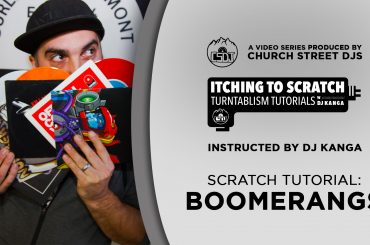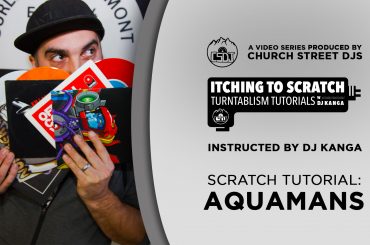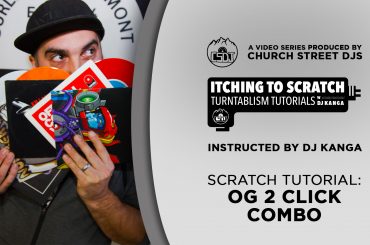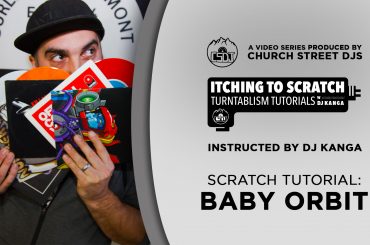After unveiling the first two singles “Forever” and “Kechno” off his forthcoming debut album From The Start which is set to be released May 29th, the United Kingdom’s progressive maestro Farius has taken the time to reveal a handful of essential production tips with the world of electronic dance music.
Widely considered one of the most promising producers from the realm of progressive and trance, after spending some serious time in the studio cooking up his highly anticipated body of work, Farius looks to enlighten the producers with his five go-to steps when it comes to engineering his high-octane sound.
Check out Farius’ tips below!
1. Don’t drag percussion loops into your project and use them as you’ve heard them in a sample pack. Find one you like, identify what you like about it, drag it into your project, but cut all the bits out you don’t need – if you leave it as it is it’ll just sound like a loop from a sample pack and the additional unnecessary elements are more than likely to clutter your mix rather than improving it
2. I use “track stacks” – essentially buses. For me and my style I usually have seven of these: vocals, kick, percussion, bass, synths, pianos, FX. Put an EQ with analysis on every one so you can see exactly what each core element of your track is doing – here you can cut lows or highs, boost bits that are missing across a whole section of your track or reduce unwanted frequencies. Also sum your kick and percussion stacks together to another bus so you can mix these together with compression if needed
3. Produce with minimal processing on your master chain. I usually just have a Sonnox Inflator and a very light limiter – they are the only things that actively affect the output. Otherwise I have an spectrum analyser and an EQ analyser at the very end of my chain – just so I can see how the track looks in it’s final form. If your mix doesn’t sound good without anything on the master, there is no plugin you can put on your master chain that’s going to make your record sound incredible overnight.
4. When working with different instruments and sounds, imagine you are sitting in a concert hall listening to the track being played live by an orchestra. Your violins would come from a different part of a stage to your trumpets – imagine your project is the stage and gently pan accordingly, not everything will come straight down the middle at you.
5. It sounds obvious but there are no shortcuts in producing music. Just because something sounded great in your previous record, it doesn’t necessarily mean that it’s going to do the same job and achieve the same result in your next. Treat everything as new, don’t go through exactly the same process each time thinking you will get the same result. Plus, you might learn something new each time.
To check out more studio tips, click here.
DJ Times Magazine is copyright © 2020 by DJ Publishing, Inc. www.djtimes.com


![[Exclusive] Farius Reveals His 5 Essential Tips for Production Farius](https://www.djtimes.com/wp-content/uploads/2020/05/exclusive-farius-5-production-tips-dj-times-770x515.jpg)





